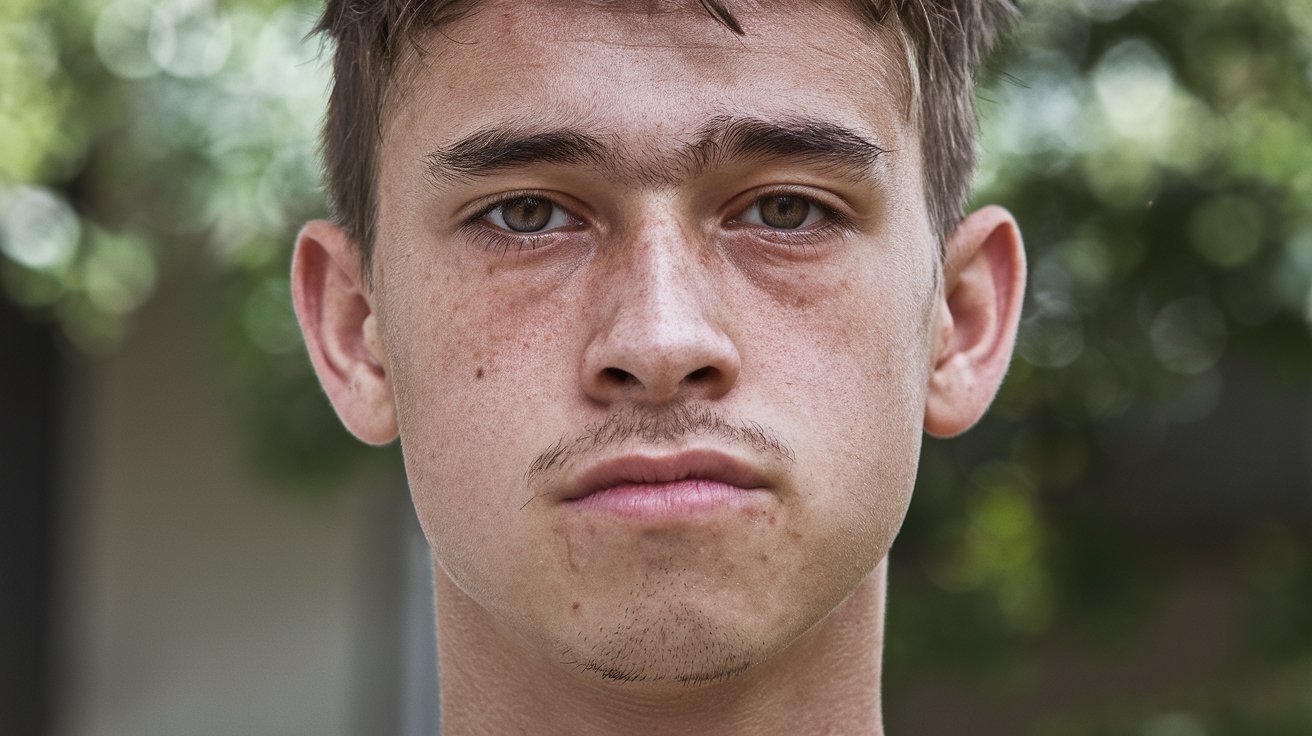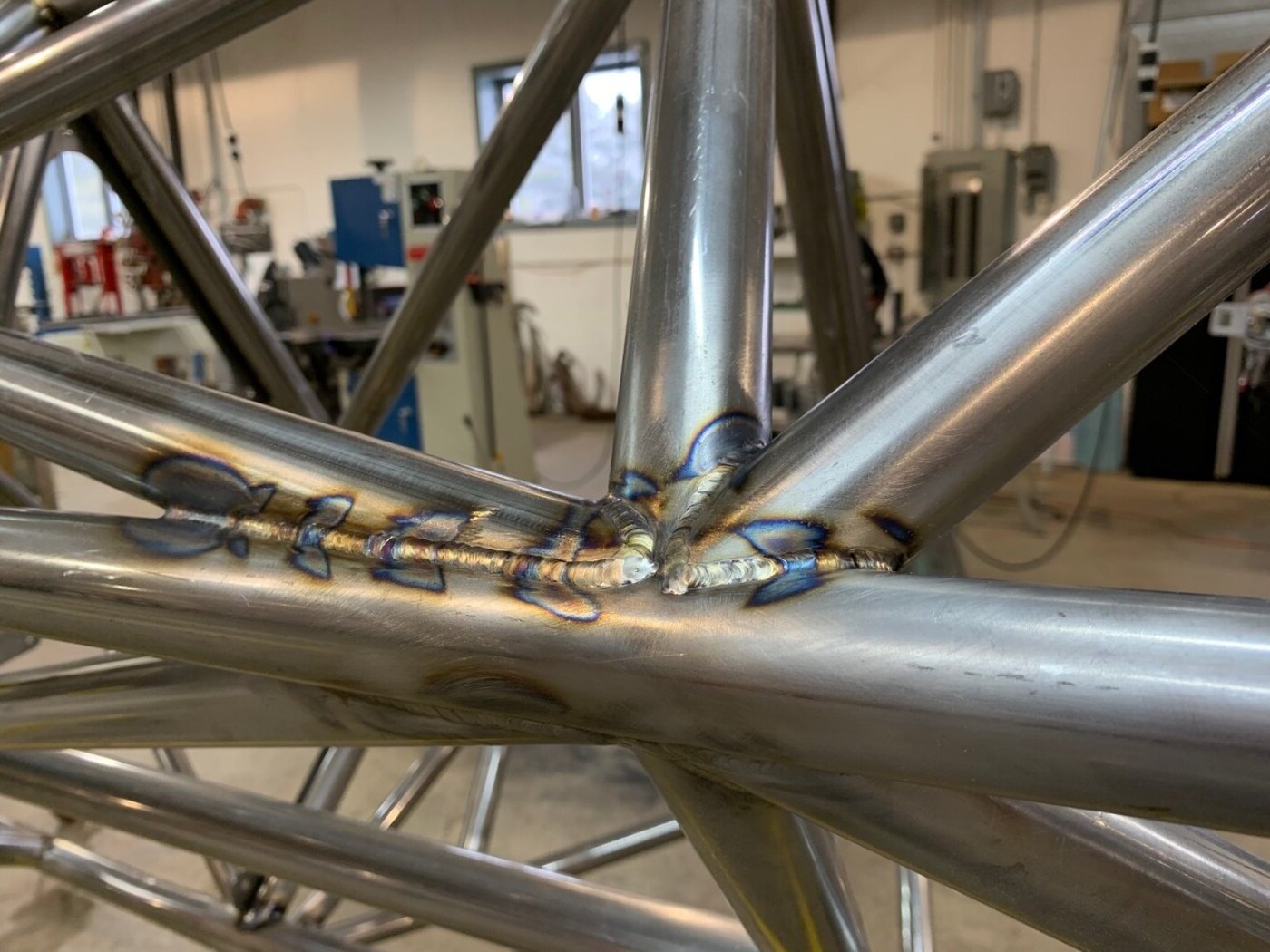
Ever wondered what secrets lie behind the face of a mummified warrior? These ancient relics hold stories of bravery, culture, and history. Mummies, especially those of warriors, offer a unique glimpse into the past. From their meticulously preserved features to the artifacts buried with them, each detail provides clues about their lives and times. Imagine uncovering the life of a soldier who fought battles centuries ago, now frozen in time. This blog post dives into 35 intriguing facts about mummified warriors, revealing their mysteries and the fascinating world they once inhabited. Get ready to step back in time and explore the legacy of these ancient fighters.
Key Takeaways:
- Mummified warrior faces offer a captivating glimpse into ancient cultures, revealing preservation techniques, cultural significance, and archaeological discoveries from around the world.
- Modern technology allows scientists to reconstruct the faces of mummified warriors, shedding light on their appearance, health, and the mysteries surrounding their lives.
Mummified Warrior Faces: A Glimpse into the Past
Mummified warrior faces offer a fascinating window into ancient civilizations. These preserved visages tell stories of battles, rituals, and daily life from centuries ago. Let's delve into some intriguing facts about these ancient warriors.
Preservation Techniques
Ancient cultures used various methods to preserve their dead, especially warriors. These techniques ensured that their faces remained intact for future generations to study.
- Egyptians used natron: This naturally occurring salt mixture dried out bodies, preventing decay.
- Incan mummies were freeze-dried: High-altitude burial sites in the Andes Mountains naturally preserved bodies through freezing temperatures.
- Bog bodies in Europe: Peat bogs' acidic, low-oxygen environments preserved soft tissues, including facial features.
- Japanese Sokushinbutsu monks: These monks mummified themselves through a strict diet and dehydration process, preserving their faces.
Cultural Significance
Mummified warriors held significant cultural importance in their societies. Their preserved faces often symbolized honor, bravery, and the afterlife.
- Egyptian pharaohs: Mummified to ensure their safe journey to the afterlife, their faces were often covered with gold masks.
- Incan sacrifices: Young warriors were mummified as offerings to the gods, believed to protect their communities.
- Chinese Terracotta Army: Although not mummified, these clay soldiers were buried with the first Emperor of China to protect him in the afterlife.
- Viking warriors: Sometimes buried with their weapons and ships, their mummified remains signified their status and bravery.
Archaeological Discoveries
Archaeologists have unearthed numerous mummified warrior faces, each providing unique insights into ancient civilizations.
- Ötzi the Iceman: Discovered in the Alps, this well-preserved mummy dates back to 3300 BCE and offers clues about early European life.
- The Tarim mummies: Found in China, these mummies have European features and date back to 1800 BCE, suggesting ancient migration patterns.
- The Siberian Ice Maiden: A well-preserved mummy from the 5th century BCE, found in the Altai Mountains, adorned with intricate tattoos.
- The Chinchorro mummies: The oldest known mummies, dating back to 5000 BCE, were found in Chile and Peru.
Facial Reconstruction
Modern technology allows scientists to reconstruct the faces of mummified warriors, providing a glimpse into their appearance and health.
- 3D imaging: Advanced scanning techniques create detailed digital models of mummified faces.
- Forensic reconstruction: Experts use skull measurements to recreate facial features with clay or digital tools.
- DNA analysis: Genetic testing reveals information about ancestry, health, and even hair and eye color.
- CT scans: These scans provide detailed internal images, helping researchers understand mummification processes and injuries.
Famous Mummified Warriors
Some mummified warriors have gained fame due to their unique preservation or the stories they tell.
- Tutankhamun: The young Egyptian pharaoh's tomb, discovered in 1922, contained a well-preserved mummy and a wealth of artifacts.
- The Tollund Man: A bog body from Denmark, dating back to 400 BCE, with a remarkably preserved face.
- The Ice Maiden: A 15-year-old Incan girl, sacrificed and mummified on Mount Ampato in Peru, discovered in 1995.
- The Gebelein Man: An Egyptian mummy from around 3400 BCE, with visible tattoos and evidence of a violent death.
Mummification Rituals
The rituals surrounding mummification were often elaborate and deeply rooted in the beliefs of ancient cultures.
- Egyptian embalming: Involved removing internal organs, drying the body with natron, and wrapping it in linen.
- Incan capacocha: A sacrificial ritual where young warriors were mummified to appease the gods.
- Japanese self-mummification: Monks followed a strict diet and meditation regimen to achieve mummification while still alive.
- European bog burials: Bodies were placed in peat bogs, where the acidic environment naturally preserved them.
Modern Studies and Insights
Ongoing research continues to uncover new information about mummified warriors, shedding light on their lives and cultures.
- Isotope analysis: Reveals information about diet and migration patterns.
- Radiocarbon dating: Determines the age of mummified remains with high precision.
- Pollen analysis: Provides clues about the environment and climate during the time of mummification.
- Pathology studies: Examine diseases and injuries, offering insights into ancient health and medical practices.
Mysteries and Controversies
Despite extensive research, many aspects of mummified warriors remain shrouded in mystery and debate.
- Cause of death: Determining the exact cause of death can be challenging due to the condition of the remains.
- Cultural practices: Some mummification rituals are still not fully understood.
- Ownership disputes: Museums and countries often debate the rightful ownership of mummified remains.
- Ethical considerations: The study and display of mummified remains raise ethical questions about respect for the dead.
Impact on Popular Culture
Mummified warriors have captured the imagination of people worldwide, influencing various aspects of popular culture.
- Movies and TV shows: Films like "The Mummy" and TV series like "Ancient Aliens" feature mummified warriors.
- Books and comics: Authors and illustrators often draw inspiration from mummified warriors for their stories and characters.
- Museums and exhibitions: Mummified remains are popular attractions, drawing millions of visitors each year.
Final Thoughts on Mummified Warrior Faces
Mummified warrior faces offer a fascinating glimpse into ancient cultures. These preserved visages tell stories of bravery, rituals, and the afterlife. They reveal how warriors were honored and remembered. The intricate preservation techniques highlight the importance of these individuals in their societies. From the detailed facial features to the artifacts buried with them, every aspect provides valuable historical insights. These faces connect us to a time long past, reminding us of the universal human experience. Whether you're a history buff or just curious, mummified warrior faces are a captivating subject. They bridge the gap between the past and present, offering lessons and reflections. So next time you see a mummified face, think about the life it once represented. It's a powerful reminder of our shared heritage and the enduring human spirit.
Frequently Asked Questions
Was this page helpful?
Our commitment to delivering trustworthy and engaging content is at the heart of what we do. Each fact on our site is contributed by real users like you, bringing a wealth of diverse insights and information. To ensure the highest standards of accuracy and reliability, our dedicated editors meticulously review each submission. This process guarantees that the facts we share are not only fascinating but also credible. Trust in our commitment to quality and authenticity as you explore and learn with us.


